DimetridazoleCAS# 551-92-8 |

Quality Control & MSDS
3D structure
Package In Stock
Number of papers citing our products
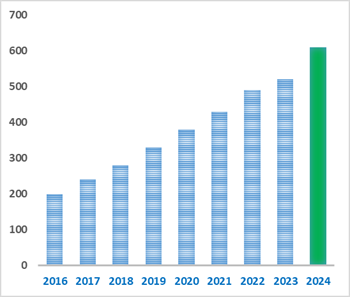
| Cas No. | 551-92-8 | SDF | Download SDF |
| PubChem ID | 3090 | Appearance | Powder |
| Formula | C5H7N3O2 | M.Wt | 141 |
| Type of Compound | N/A | Storage | Desiccate at -20°C |
| Solubility | DMSO : 50 mg/mL (354.28 mM; Need ultrasonic) | ||
| Chemical Name | 1,2-dimethyl-5-nitroimidazole | ||
| SMILES | CC1=NC=C(N1C)[N+](=O)[O-] | ||
| Standard InChIKey | IBXPYPUJPLLOIN-UHFFFAOYSA-N | ||
| Standard InChI | InChI=1S/C5H7N3O2/c1-4-6-3-5(7(4)2)8(9)10/h3H,1-2H3 | ||
| General tips | For obtaining a higher solubility , please warm the tube at 37 ℃ and shake it in the ultrasonic bath for a while.Stock solution can be stored below -20℃ for several months. We recommend that you prepare and use the solution on the same day. However, if the test schedule requires, the stock solutions can be prepared in advance, and the stock solution must be sealed and stored below -20℃. In general, the stock solution can be kept for several months. Before use, we recommend that you leave the vial at room temperature for at least an hour before opening it. |
||
| About Packaging | 1. The packaging of the product may be reversed during transportation, cause the high purity compounds to adhere to the neck or cap of the vial.Take the vail out of its packaging and shake gently until the compounds fall to the bottom of the vial. 2. For liquid products, please centrifuge at 500xg to gather the liquid to the bottom of the vial. 3. Try to avoid loss or contamination during the experiment. |
||
| Shipping Condition | Packaging according to customer requirements(5mg, 10mg, 20mg and more). Ship via FedEx, DHL, UPS, EMS or other couriers with RT, or blue ice upon request. | ||

Dimetridazole Dilution Calculator

Dimetridazole Molarity Calculator
| 1 mg | 5 mg | 10 mg | 20 mg | 25 mg | |
| 1 mM | 7.0922 mL | 35.461 mL | 70.922 mL | 141.844 mL | 177.305 mL |
| 5 mM | 1.4184 mL | 7.0922 mL | 14.1844 mL | 28.3688 mL | 35.461 mL |
| 10 mM | 0.7092 mL | 3.5461 mL | 7.0922 mL | 14.1844 mL | 17.7305 mL |
| 50 mM | 0.1418 mL | 0.7092 mL | 1.4184 mL | 2.8369 mL | 3.5461 mL |
| 100 mM | 0.0709 mL | 0.3546 mL | 0.7092 mL | 1.4184 mL | 1.773 mL |
| * Note: If you are in the process of experiment, it's necessary to make the dilution ratios of the samples. The dilution data above is only for reference. Normally, it's can get a better solubility within lower of Concentrations. | |||||

Calcutta University

University of Minnesota

University of Maryland School of Medicine

University of Illinois at Chicago

The Ohio State University
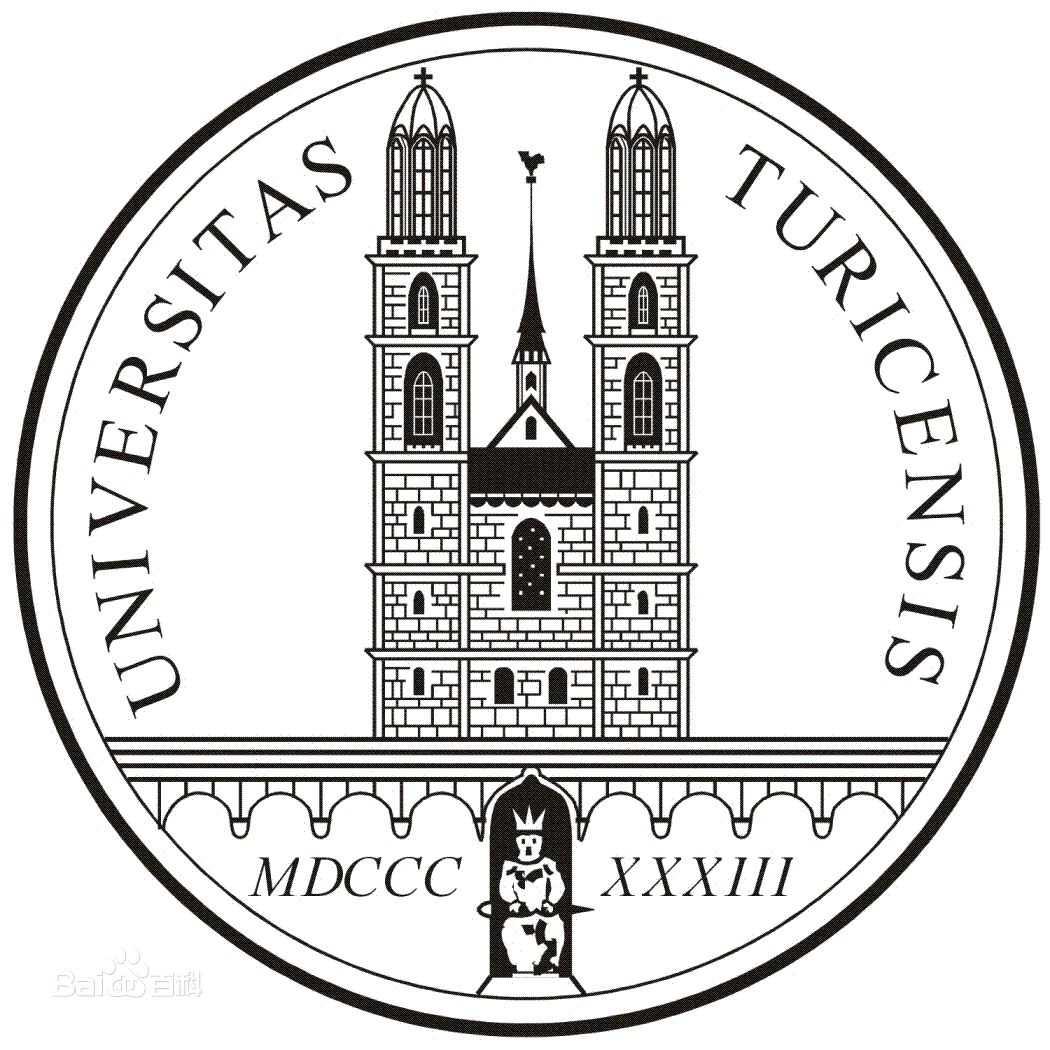
University of Zurich

Harvard University

Colorado State University
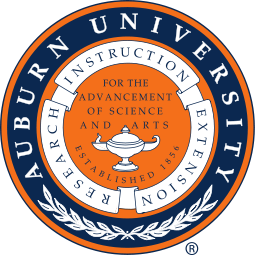
Auburn University

Yale University

Worcester Polytechnic Institute

Washington State University

Stanford University

University of Leipzig
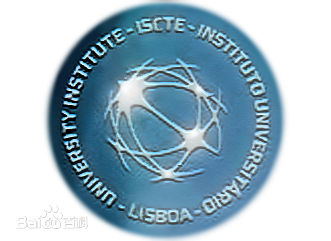
Universidade da Beira Interior
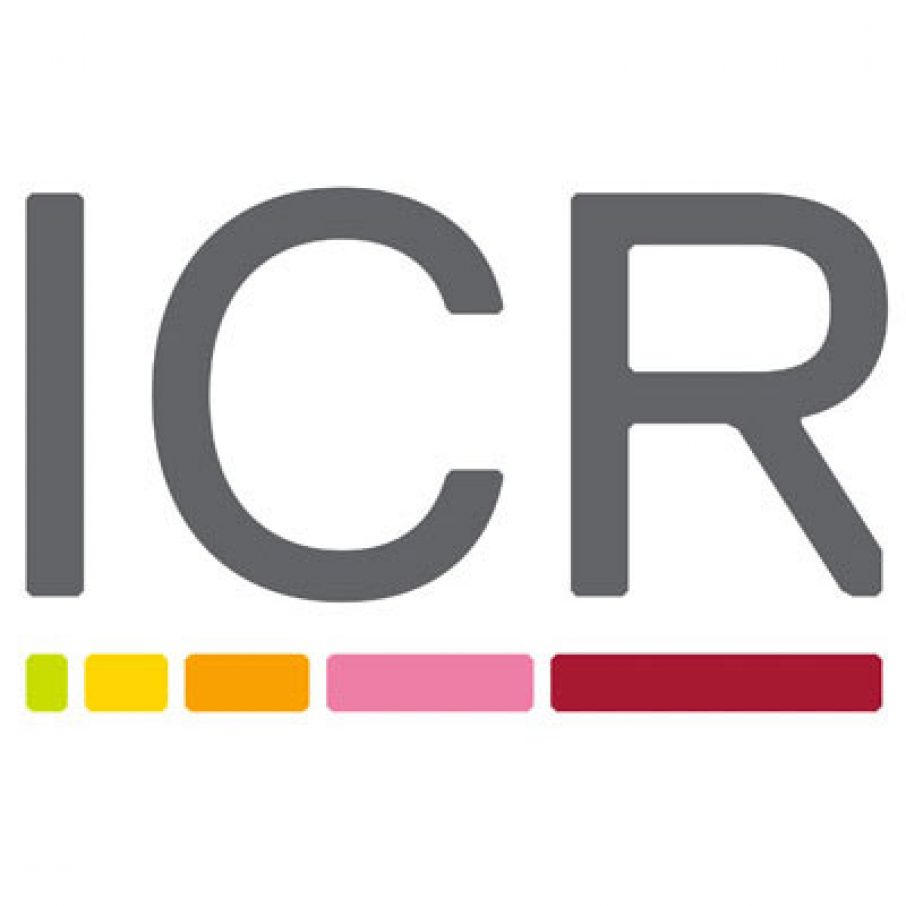
The Institute of Cancer Research

Heidelberg University

University of Amsterdam

University of Auckland

TsingHua University
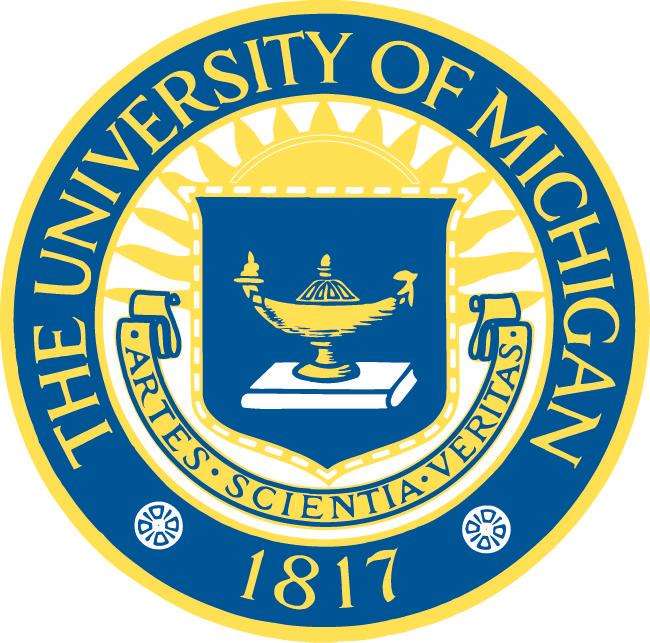
The University of Michigan

Miami University
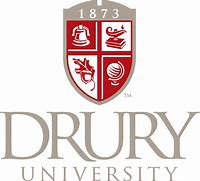
DRURY University
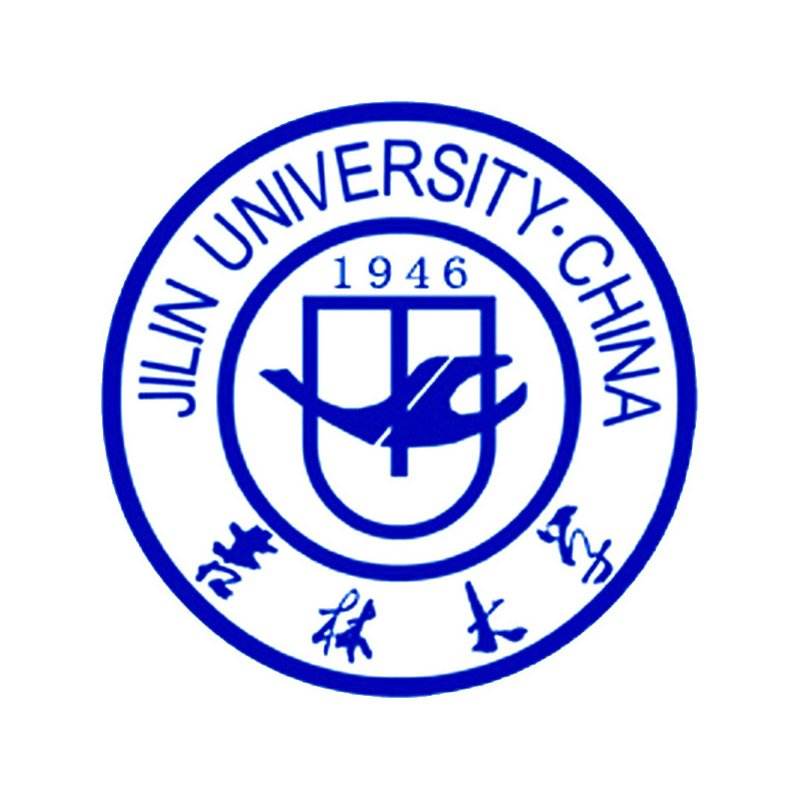
Jilin University

Fudan University
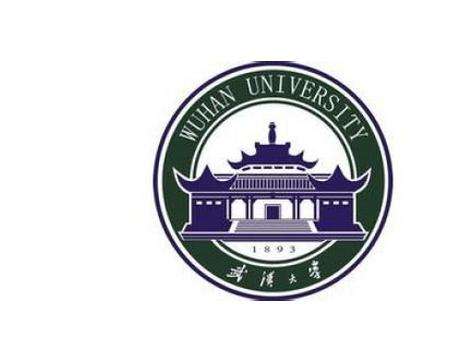
Wuhan University

Sun Yat-sen University

Universite de Paris

Deemed University

Auckland University

The University of Tokyo

Korea University
- Supinine
Catalog No.:BCN1952
CAS No.:551-58-6
- Viridiflorine
Catalog No.:BCN2045
CAS No.:551-57-5
- 6-Aminopenicillanic acid
Catalog No.:BCC8765
CAS No.:551-16-6
- Liquiritin
Catalog No.:BCN5944
CAS No.:551-15-5
- 3-Butylidenephthalide
Catalog No.:BCN6345
CAS No.:551-08-6
- EVP-6124
Catalog No.:BCC1566
CAS No.:550999-75-2
- EVP-6124 hydrochloride
Catalog No.:BCC1567
CAS No.:550999-74-1
- Nalmefene - d3
Catalog No.:BCC6093
CAS No.:55096-26-9
- 5,6,7-Trimethoxycoumarin
Catalog No.:BCN7590
CAS No.:55085-47-7
- Skullcapflavone II
Catalog No.:BCN3188
CAS No.:55084-08-7
- Andrographolide
Catalog No.:BCN5735
CAS No.:5508-58-7
- Acitretin
Catalog No.:BCC1189
CAS No.:55079-83-9
- 2'-Aminoacetophenone
Catalog No.:BCN1746
CAS No.:551-93-9
- 4beta-Carboxy-19-nortotarol
Catalog No.:BCN4065
CAS No.:55102-39-1
- (S)-3-Carboxy-4-hydroxyphenylglycine
Catalog No.:BCC6607
CAS No.:55136-48-6
- Kaempferol 3-sophoroside-7-glucoside
Catalog No.:BCN7825
CAS No.:55136-76-0
- Oxohydrastinine
Catalog No.:BCN3299
CAS No.:552-29-4
- Paeonol
Catalog No.:BCN5738
CAS No.:552-41-0
- Isorhoifolin
Catalog No.:BCN5739
CAS No.:552-57-8
- Eriodictyol
Catalog No.:BCN1209
CAS No.:552-58-9
- Prunetin
Catalog No.:BCN2335
CAS No.:552-59-0
- Daidzin
Catalog No.:BCN5891
CAS No.:552-66-9
- Sasapyrine
Catalog No.:BCC4714
CAS No.:552-94-3
- Dexamethasone Sodium Phosphate
Catalog No.:BCC4557
CAS No.:55203-24-2
Microbial Flora Associated with the Halophyte-Salsola imbricate and Its Biotechnical Potential.[Pubmed:29445362]
Front Microbiol. 2018 Jan 31;9:65.
Halophytes are associated with the intertidal forest ecosystem of Saudi Arabia and seemingly have an immense potential for yielding useful and important natural products. In this study we have aimed to isolate and characterize the endophytic and rhizospheric bacterial communities from the halophyte, Salsola imbricata, In addition these bacterial strains were identified and selected strains were further studied for bioactive secondary metabolites. At least 168 rhizspheric and endophytic bacteria were isolated and of these 22 were active antagonists against the oomycetous fungal plant pathogens, Phytophthora capsici and Pythium ultimum. Active cultures were mainly identified with molecular techniques (16S r DNA) and this revealed 95.7-100% sequence similarities with relevant type strains. These microorgansims were grouped into four major classes: Actinobacteria, Firmicutes, beta-Proteobacteria, and gamma-Proteobacteria. Production of fungal cell wall lytic enzymes was detected mostly in members of Actinobacteria and Firmicutes. PCR screening for type I polyketide synthases (PKS-I), type II polyketide synthases (PKS-II) and nonribosomal peptide synthetases (NRPS) revealed 13 of the 22 strains (59%) were positive for at least one of these important biosynthetic genes that are known to be involved in the synthesis of important antibiotics. Four bacterial strains of Actinobacteria with potential antagonistic activity including two rhizobacteria, EA52 (Nocardiopsis sp.), EA58 (Pseudonocardia sp.) and two endophytic bacteria Streptomyces sp. (EA65) and Streptomyces sp. (EA67) were selected for secondary metabolite analyses using LC-MS. As a result, the presence of different bioactive compounds in the culture extracts was detected some of which are already reported for their diverse biological activities including antibiotics such as Sulfamethoxypyridazine, Sulfamerazine, and Dimetridazole. In conclusion, this study provides an insight into antagonistic bacterial population especially the Actinobacteria from S. imbricata, producing antifungal metabolites of medical significance and characterized taxonomically in future.
[Kinetics and Reactive Species Analysis of Dimetridazole Degradation by TiO2].[Pubmed:26911000]
Huan Jing Ke Xue. 2015 Nov;36(11):4135-40.
Dimetridazole is considered as an emerging pollutant in waterbodies, which can potentially impact ecosystem and human health. Heterogeneous photocatalytic decomposition of Dimetridazole by TiO2 was investigated under 365 nm UV light and effects of initial pH, TiO2 content and Dimetridazole concentration on photocatalytic process were discussed. The results indicated that the optimized experiment condition is that the TiO2 content of 1 g x L(-1), Dimetridazole concentration of 40 mg x L (-1), pH of 11, Dimetridazole can be removed 90%. The photocatalytic degradation kinetics of Dimetridazole could be fitted to the quasi-first-order equation. Photocatalytic degradation of Dimetridazole can take place via two pathways: oxidation by *OH and reduction by e -.


